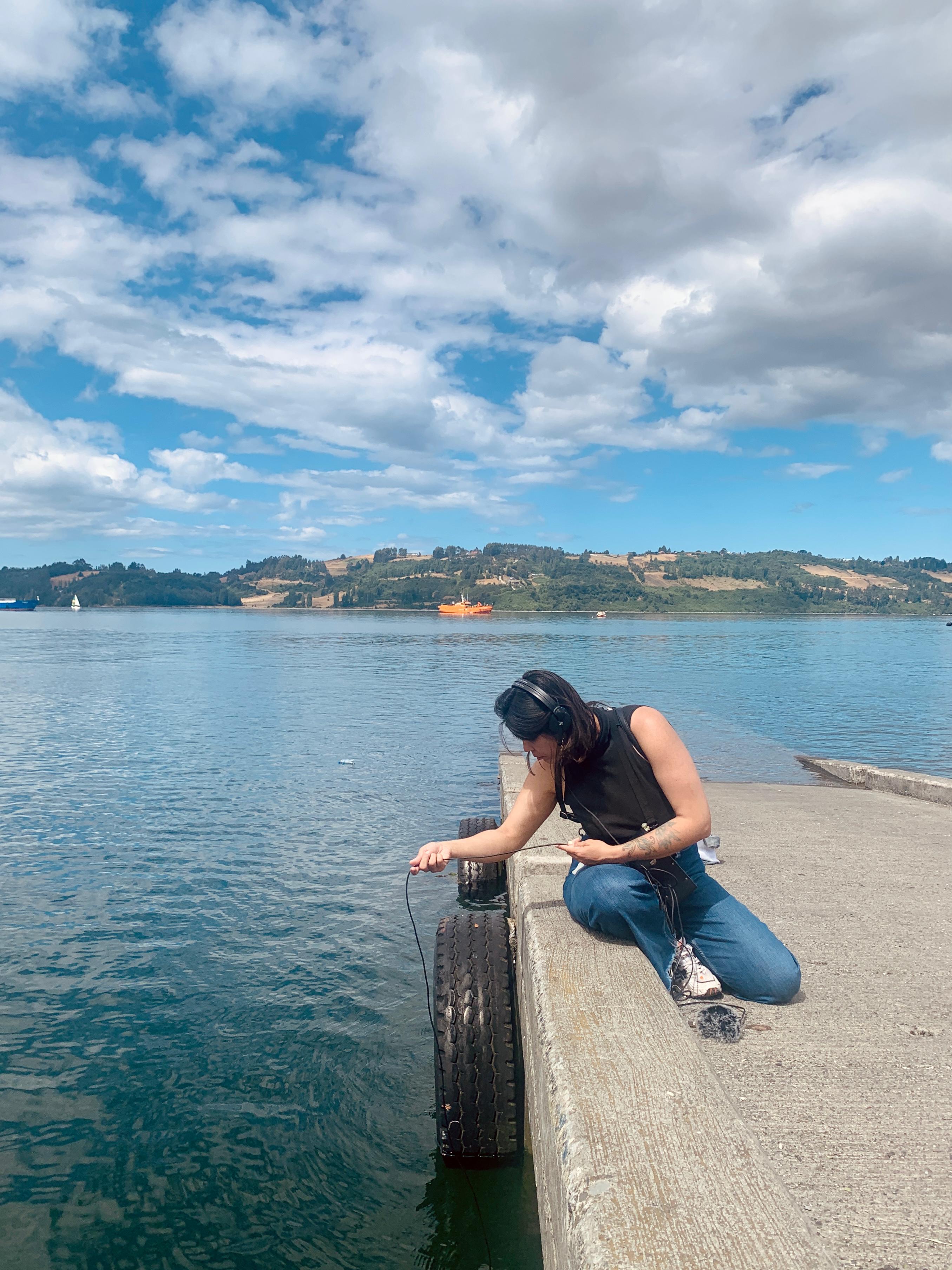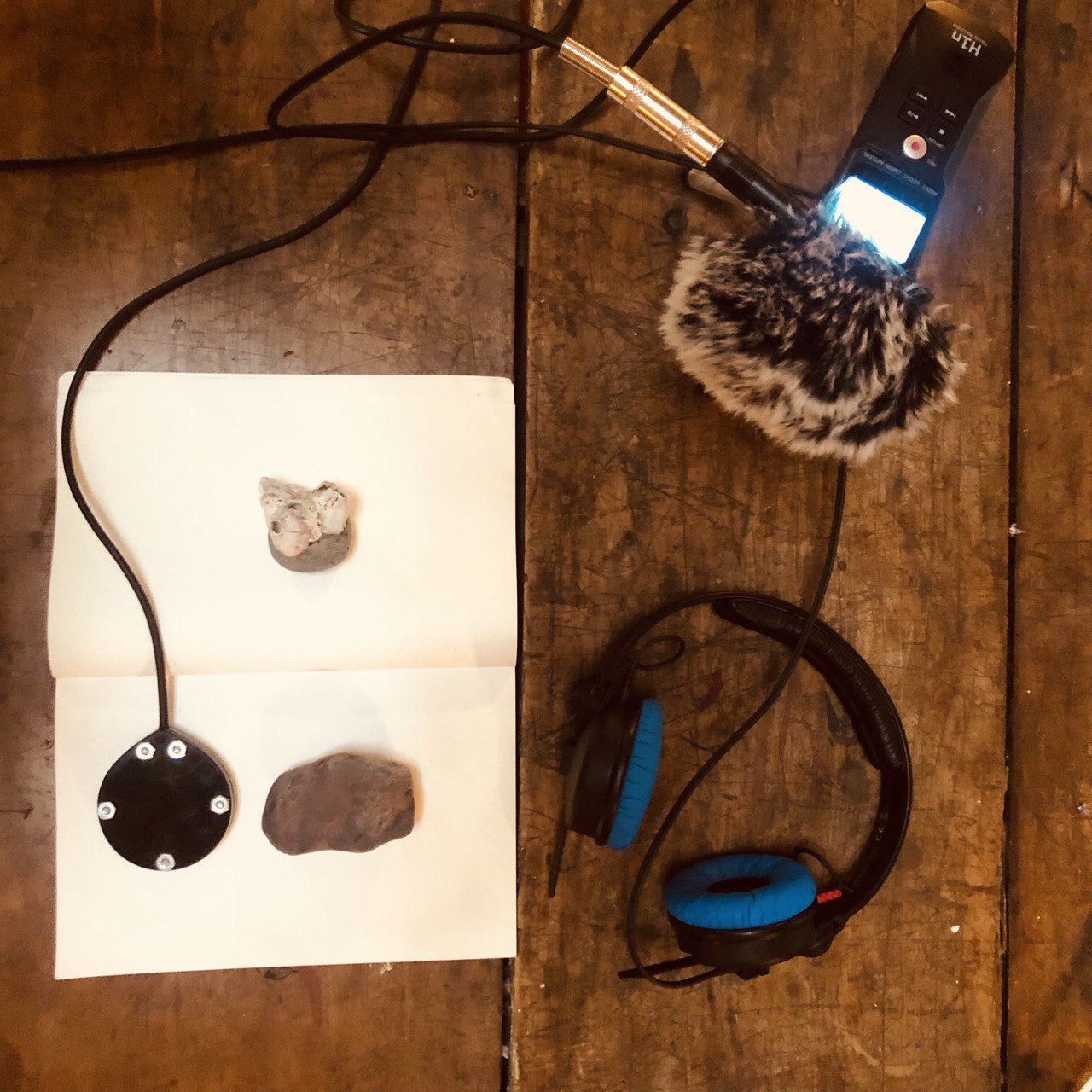WATER NARRATIVES
Field trip Chiloé-Chile February 2025
Excerpt from the paper Water Narratives: Islands as Spaces of Possibility (Garland, 2025) soon to be published in Journeys Ocean Archive, “OCEAN / UNI's bárawa.
Chiloé's Consciousness
In February 2025, my sister, biologist Rosemary Garland, and I traveled to Chiloé for a residency at the Chiloé Museum of Modern Art (MAM). We wanted to explore the long-term effects of one of Chile's worst socio-ecological crises. In 2016, a toxic red tide, exacerbated by decomposing farmed salmon (Armijo, 2020), devastated Chiloé’s coast, exposing its vulnerability to industrial exploitation. This disaster is part of a broader history of colonialism, extractivism, and ongoing coloniality. Since Spanish colonization, Chiloé’s ecosystems and indigenous communities have suffered from external economic interests. Today, the multinational-controlled salmon industry perpetuates colonial structures, commodifying land and sea under capitalist extraction.
![]()
Following the 2016 catastrophe, local movements emerged to raise awareness and conscience of the salmon industry’s damage. The crisis exposed the overpopulation of escaped farmed salmon and Chiloé's collapsing marine ecosystem. The industry's expansion, first led by Norwegian companies and now dominated by Japanese-Chinese corporations, is part of a larger extractivist network. Integrated into Chile’s economic model as “progress,” these industries reinforce economic dependence and environmental degradation. Viewing Chiloé through archipelagic thinking (Glissant, 1997) situates the crisis within postcolonial frameworks, highlighting how colonial legacies persist. It also underscores human and nonhuman struggles, resistances, and adaptation within ecosystems.

Listening to the
South Pacific Ocean
To explore the 2016 disaster's traces, my sister and I recorded Chiloé’s underwater sounds. Walking along its coast, we searched for a spot to use a contact hydrophone, capturing vibrations through materials in water. The Chilote rocks became our connection point. As sound artist Leonel Vasquez calls them,

Castro, Chiloé 2025 ©Rosemary Garland

